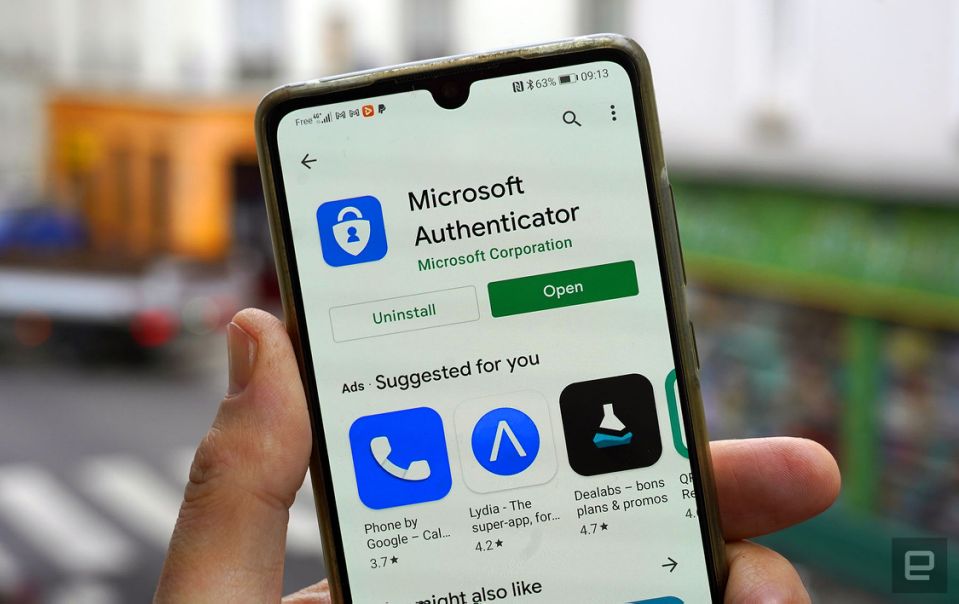Technology
Microsoft’s new password manager works across Edge browser, Google Chrome, and Android devices

Technology
Microsoft Expands Copilot Voice and Think Deeper
Technology
Google Launches Free AI Coding Tool for Individual Developers
Technology
Elon Musk Unveils Grok-3: A Game-Changing AI Chatbot to Rival ChatGPT
-

 Entertainment4 weeks ago
Entertainment4 weeks agoZouk Los Angeles Opens with Celebrities and Epic Performance
-

 Entertainment4 weeks ago
Entertainment4 weeks agoKanye West Drops New Album ‘Bully’ with Film Starring Son Saint
-

 Entertainment4 weeks ago
Entertainment4 weeks agoAustin Abrams to Lead Zach Cregger’s ‘Resident Evil’ Reboot
-

 Entertainment4 weeks ago
Entertainment4 weeks agoRadiohead Teases Potential New Music with Business Filing
-

 Entertainment4 weeks ago
Entertainment4 weeks agoSunita Williams Returns Home After 8 Months in Space
-

 Entertainment4 weeks ago
Entertainment4 weeks agoAmazon Taps Harry Potter and Spider-Man Producers for James Bond Franchise Overhaul
-

 Entertainment4 weeks ago
Entertainment4 weeks agoGal Gadot Honored with Star on Hollywood Walk of Fame
-

 Entertainment2 weeks ago
Entertainment2 weeks agoChristopher Nolan’s The Odyssey Set for 2026 IMAX Release















